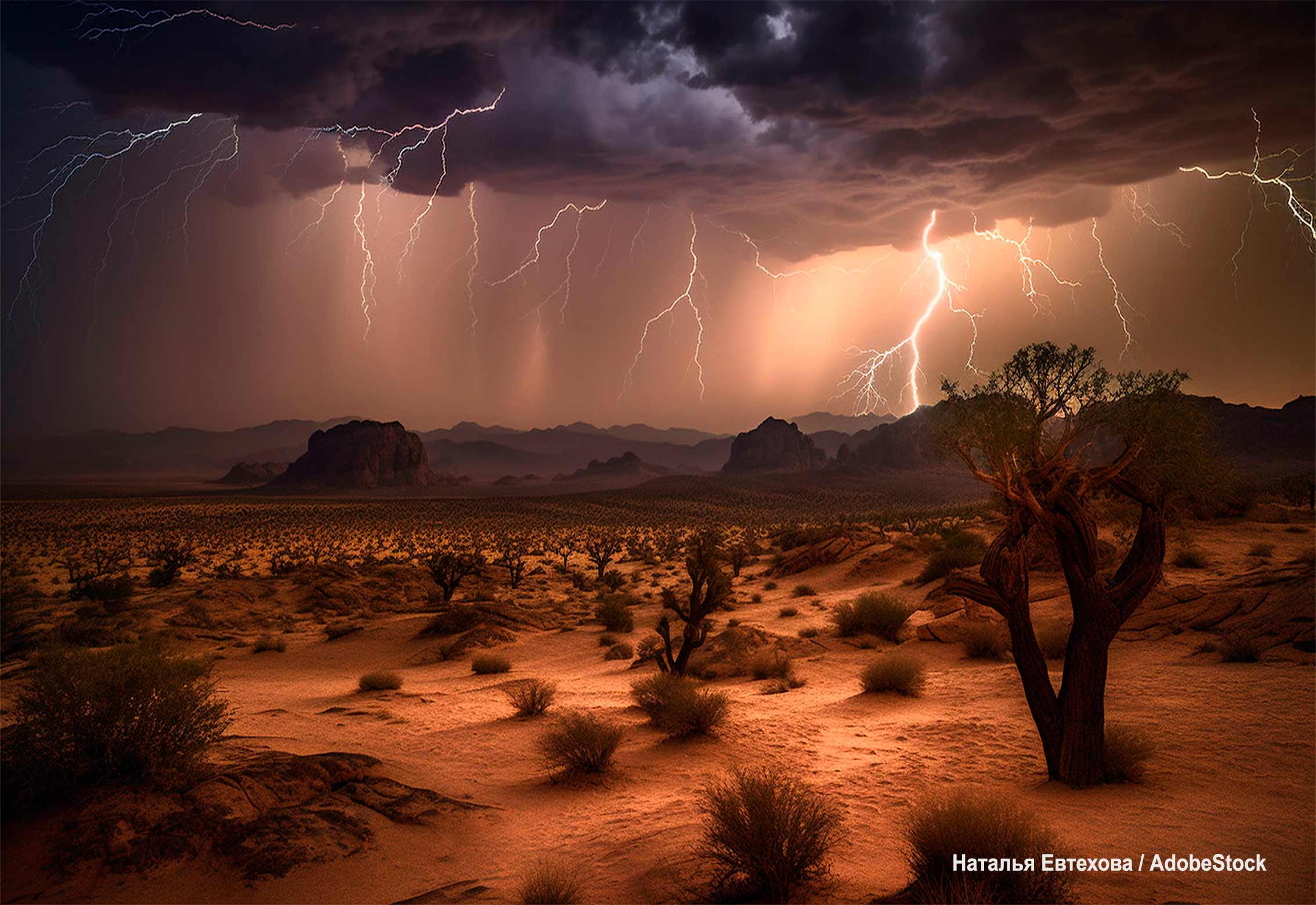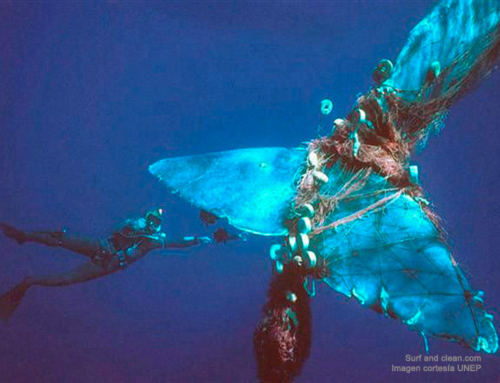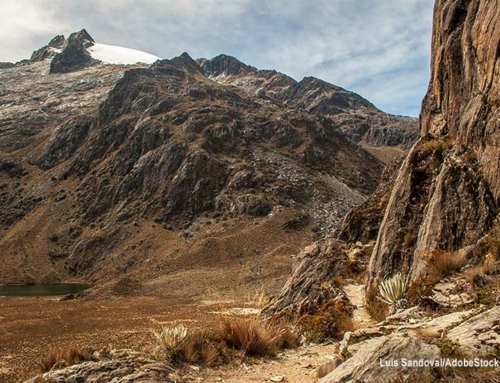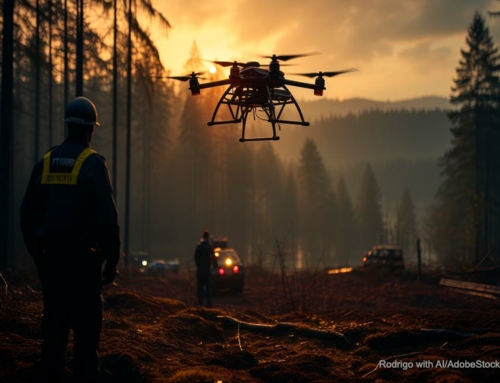Includes recommendations to minimize in advance the effects of the El Niño phenomenon
Scientists estimate that the 2023-2024 El Niño, exacerbated by the climate crisis, will likely raise global temperatures to new records in 2024.
The most recent of these events was El Niño 2015-2016. After seven years of pause, it is among us again, through its 2023-2024 version, the start of which was declared on July 4, 2023, by the WMO, the World Meteorological Organization, a body belonging to the UN. However, we must not forget that the last event of this nature was La Niña, established in the second half of 2021 and is still active in the tropical Pacific, although already greatly weakened.
The most significant meteorological effects of the current El Niño, scientifically known as “ENSO” (El Niño Southern Oscillation), will occur between November 2023 and April 2024. Its characteristics will be determined depending on each territory of the planet, within which droughts are expected. , heavy rains, forest fires, heat waves, cyclones, floods, and changes in wind patterns.
The El Niño phenomenon is caused by the fluctuation of temperatures in the central and eastern part of the equatorial Pacific Ocean, associated with changes in the atmosphere. The phenomenon appears from time to time (there is no systematic pattern), but when it occurs it has a great impact on climatic conditions in various parts of the world.
As for the name El Niño, it is due to the fishermen of the port of Paita, in northern Peru, who observed that the waters increased in temperature during the Christmas season and associated it with the arrival of the Baby Jesus.
Some climate scientists estimate that the 2023-2024 El Niño phenomenon, exacerbated by the climate crisis, will likely raise global temperatures to new records in 2024, even believing that the 1.5°C rise will be surpassed, albeit temporarily, limited. starting from the pre-industrial era, which as we know is the goal of the Paris Agreement for the year 2100.
“El Niño events are generally associated with increased rainfall in parts of southern South America, the southern United States, the Horn of Africa, and central Asia. In contrast, it can also cause severe droughts in Australia, Indonesia, regions of southern Asia, Central America, and northern South America.
In regions of Colombia, Venezuela, Central America, and Mexico, the El Niño phenomenon can mean droughts, limiting access to water for human consumption, livestock farming and irrigation. In Ecuador and Peru, rivers usually increase their flows up to 15 times, flooding large areas of crops.
According to the latest report from the International Center for Research on the El Niño Phenomenon, during July 2023, above-average rainfall was recorded on part of the coast of Venezuela, on the northern coast of Ecuador, in the northern Amazon. of Peru and part of central Chile. Below-normal rainfall occurred in parts of Venezuela and Colombia, in the Amazon region of Ecuador, and northern part of Peru.” Bloomberg. For Colombia, facing El Niño would put an end to a prolonged period of rain that wreaked havoc on sectors such as coffee, which, unlike several agricultural products, could benefit from a dry season.
El Niño also increases hurricane activity in the Pacific, meaning places like Hawaii will be at risk of tropical cyclones. Indonesia and Australia will likely experience hotter, drier weather, increasing the potential for wildfires. Monsoons in India and rains in South Africa could reduce, while East Africa could see more rains and flooding. Euronews.
Particular, municipal, and state preventions that should be made.
Recommendations taken from the Municipality of Miraflores, Lima, Peru.
- Keep the roof of the house clean and free of materials; If necessary, protect the roof of the house with polypropylene sheets (plastic sheeting), giving it a slope for water evacuation.
- If the home has a gable roof, install gutters to drain them, orienting them towards an evacuation or drainage area.
- Try to clean the roof and its drains, as well as the street and its drains so that they do not become clogged with garbage.
- If it rains heavily, flooding is likely to occur.
- Protect cables or electrical conductors that may be on roofs or outside the house to avoid contact with water.
- If driving, slow down, take precautions, and do not stop in areas where large amounts of water may flow. Do not cross flooded sections with your vehicle or on foot.
- If your home floods, it is advisable to leave it and disconnect the electricity.
- Carry out a general inspection of your house and repair cracks, cracks, leaks, damaged pipes, etc.
- After heavy rain and strong winds, make sure the danger has passed before cleaning up.
- Organize with your neighbors to help each other and communicate to the respective authorities.
- Follow the instructions of the authorities and prepare to evacuate if necessary.
- Prepare your emergency backpack and reserve box, with non-perishable items such as water and food.
- Have the telephone numbers of the Fire Department and the National Police on hand. Collaborate responsibly in the Civil Defense Brigades (in support of first response activities: rescue, debris removal, first aid, fires and others).
Sandor Alejandro Gerendas-Kiss
SGK-PLANET Editor
Sources:
Euronews Green. El Niño is back: Surging temperatures bring extreme weather and threaten lives. Retrieve from https://www.euronews.com/green/2023/07/07/el-nino-is-back-heres-what-it-means-for-extreme-weather







Leave A Comment